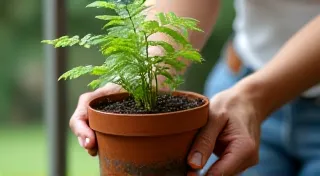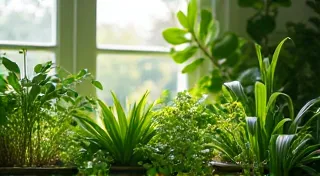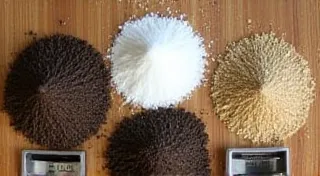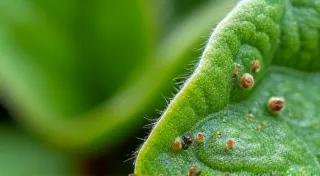Repotting 101: A Beginner's Guide to Giving Your Plants Room to Grow
One of the most important aspects of successful plant care, especially for houseplants, is repotting. It’s more than just putting a plant in a bigger pot; it's about providing the roots with fresh nutrients and plenty of space to thrive. As your indoor plants grow, their roots eventually fill the pot they're in, restricting their ability to absorb water and nutrients. This article provides a comprehensive, beginner gardening guide to understanding and performing repotting. Providing the right amount of water is also crucial, and our watering guide for new plant parents offers further advice for ensuring your plants thrive.
Why Repot? Knowing When It’s Time
So, how do you know when your plant needs a new home? Here are some telltale signs:
- Roots Circling the Pot: This is the most obvious sign. Gently slide the plant out of its pot (if possible) and check the root ball. If the roots are tightly wound around the bottom and sides, it's time.
- Slowed Growth: If your plant’s growth has significantly slowed down, even with proper watering and sunlight, it might be root-bound. A lack of nutrients can also contribute to this, and our guide to fertilizing your houseplants can help with that.
- Plant Drying Out Quickly: Even with frequent watering, the soil dries out incredibly fast. This is because the roots have taken over most of the pot's volume, leaving little room for moisture.
- Roots Emerging from Drainage Holes: Visible roots poking out of the pot's drainage holes are a clear indication that the plant needs a larger container.
- Pot Deformation: The pot may be bulging or cracking due to the pressure from the roots.
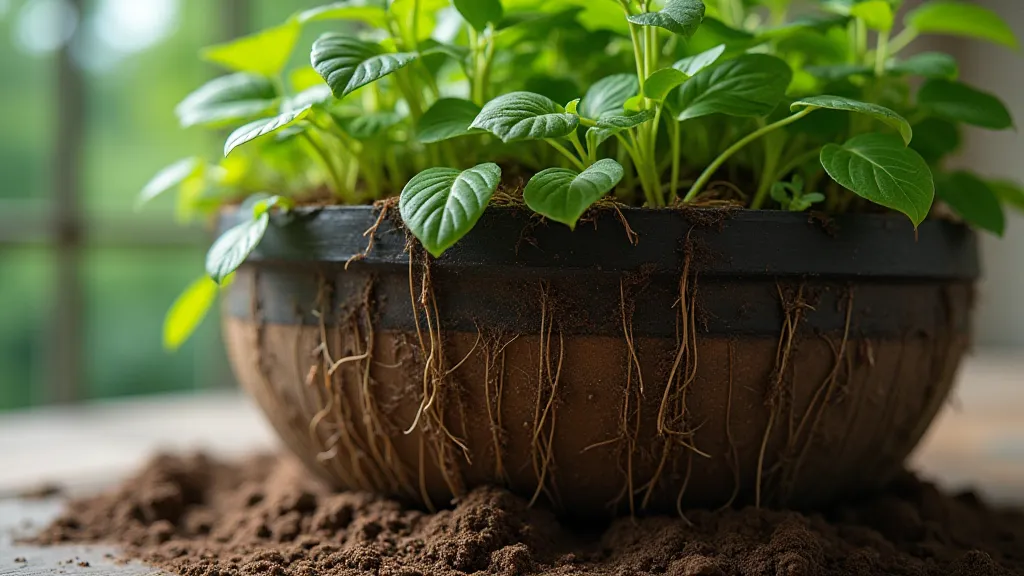
Gathering Your Supplies
Before you begin, make sure you have everything you need:
- New Pot: Choose a pot that is 1-2 inches larger in diameter than the current pot. Don't go too big, as this can lead to excess moisture and root rot. Make sure it has drainage holes!
- Potting Mix: Use a high-quality houseplant potting mix – not garden soil. A well-draining mix is crucial.
- Gloves: Protect your hands.
- Trowel or Small Shovel: For scooping and moving soil.
- Watering Can: For watering the newly repotted plant.
- (Optional) Newspaper or Drop Cloth: To contain the mess.
Step-by-Step Repotting Guide
- Water the Plant: Water the plant a day or two before repotting. This will help loosen the soil and make it easier to remove the plant.
- Prepare the New Pot: Add a layer of fresh potting mix to the bottom of the new pot. The amount will depend on the size difference between the old and new pots; you want the plant to sit at approximately the same level as it was in its old pot.
- Remove the Plant from its Old Pot: This can be tricky! Try gently squeezing the sides of the pot to loosen the soil. If the plant is stuck, you may need to tap the bottom of the pot. Some plants might require cutting the pot if it is plastic.
- Loosen the Root Ball: Once the plant is out, gently loosen the roots. If the roots are tightly wound, you can carefully tease them apart with your fingers.
- Position the Plant in the New Pot: Place the plant in the center of the new pot.
- Fill with Potting Mix: Add more potting mix around the root ball, filling the pot to within about an inch from the top. Gently press down on the soil to remove air pockets.
- Water Thoroughly: Water the plant thoroughly until water drains from the bottom of the pot.
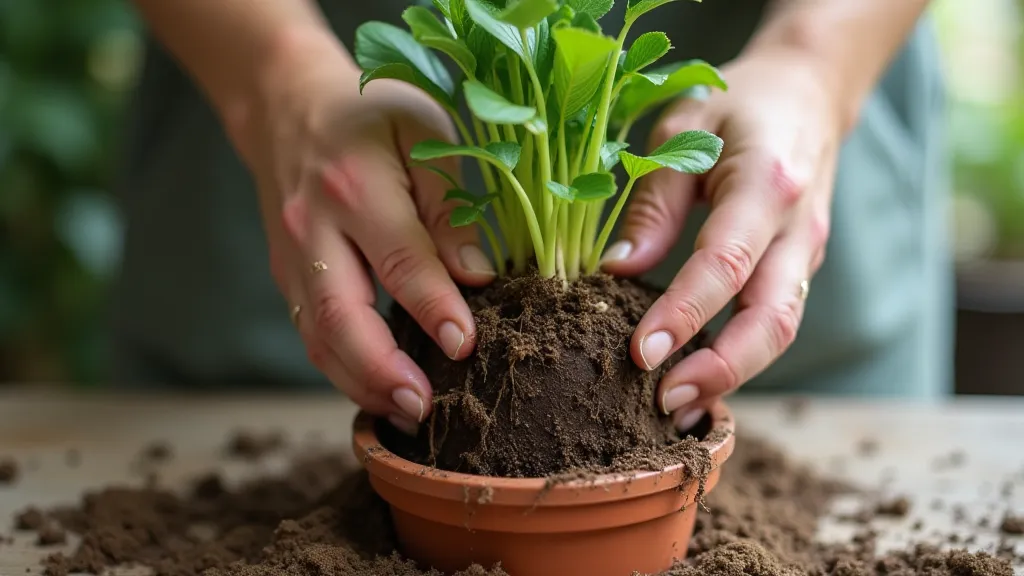
Avoiding Root Shock
Root shock is a common occurrence after repotting. It’s a temporary stress response to the change in environment. To minimize root shock:
- Choose the Right Pot Size: Avoid going too big.
- Don't Fertilize Immediately: Wait a few weeks before fertilizing. A balanced fertilizer is key, and we cover this in detail in our guide on fertilizing your houseplants.
- Provide Adequate Sunlight and Water: Maintain the plant's regular care routine.
- Observe the Plant: Watch for signs of stress, like wilting or leaf drop.
When to Avoid Repotting
While repotting is usually beneficial, there are times when it’s best to hold off:
- During Dormancy: Avoid repotting during the plant's dormancy period (usually winter).
- If the Plant is Already Stressed: If the plant is already dealing with pests or diseases, repotting can add more stress. It's often better to address these issues before giving your plant a new home.
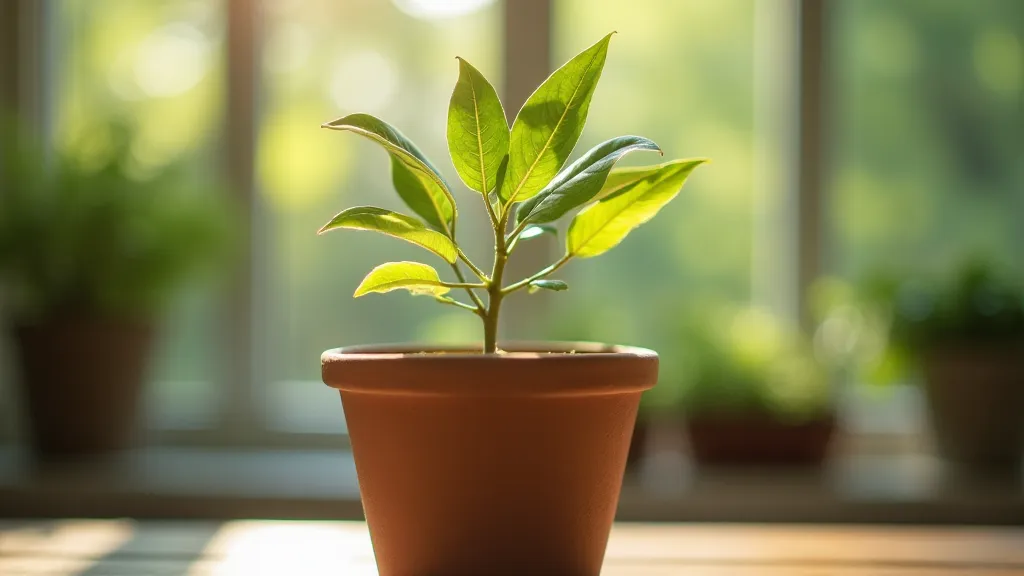
Starting your houseplant journey can be exciting! If you're a beginner, consider starting with some easy-care options. You can find a list of the best houseplants for beginners to get started on the right foot. It’s a great way to build confidence and gain experience before tackling more challenging varieties. Remember that providing the correct amount of light is vital for your plants to thrive.
Repotting might seem daunting, but with this beginner gardening guide, you can confidently give your houseplants the space they need to flourish. Happy growing!


